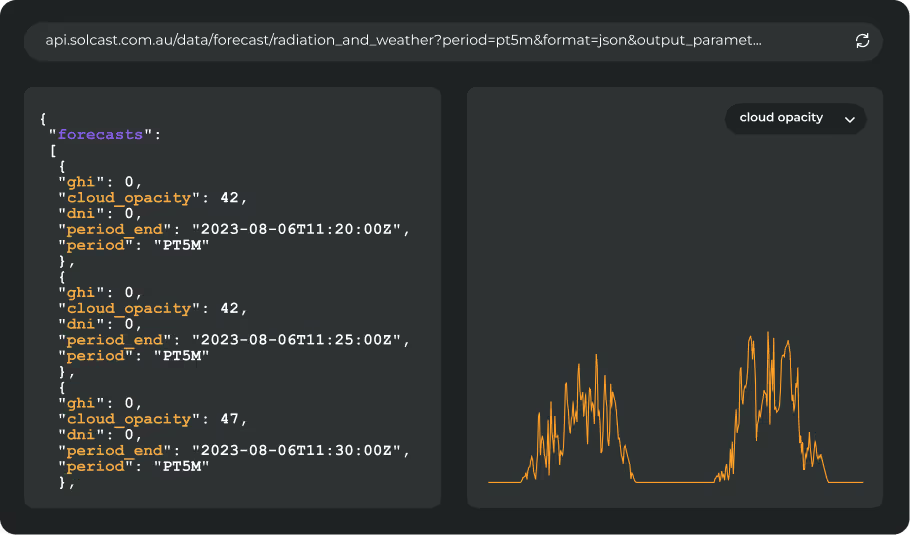A stubborn pressure system across Western Europe has led to record-breaking solar conditions in the United Kingdom and Germany during May, while the east of the continent endured a starkly different experience under low pressure. According to analysis using the Solcast API, irradiance anomalies drove record solar generation in the United Kingdom and contributed to frequent negative power prices in Germany, as well as freezing conditions and widespread cloud suppressing irradiance in eastern Europe.
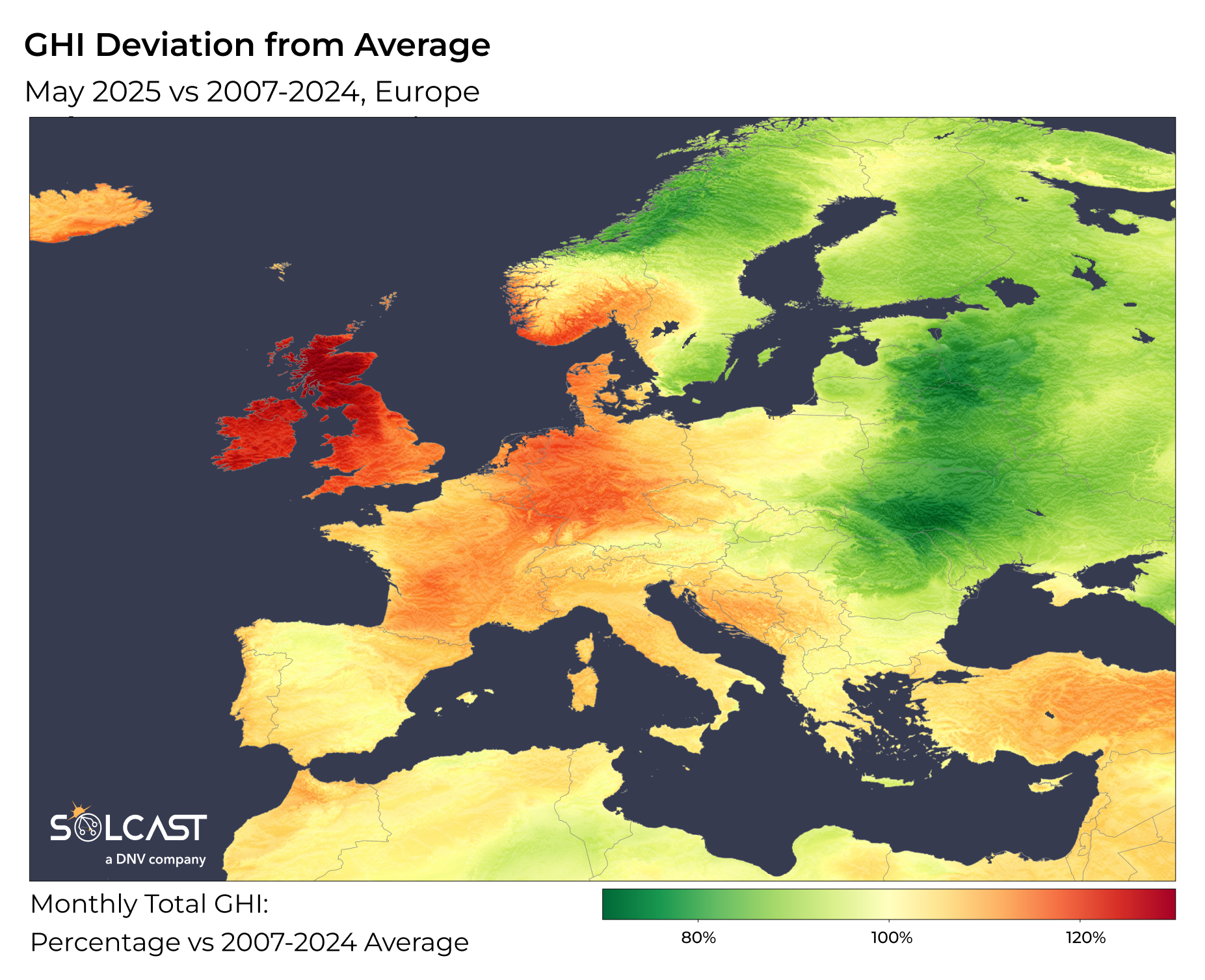
May's blocking pattern, marked by a stationary high pressure system over the United Kingdom, and a northward diverted the polar jet stream, creating a sustained period of warm and cloud-free weather across western Europe. As a result, temperatures in the United Kingdom exceeded the May average by up to 3 C, with surrounding coastal waters warming as much as 4 C above normal. This atmospheric stability significantly limited cloud formation, leading to the United Kingdom recording over 30% more irradiance than typical for May. France and Germany also benefited, seeing irradiance increases in the range of 15% to 20%.
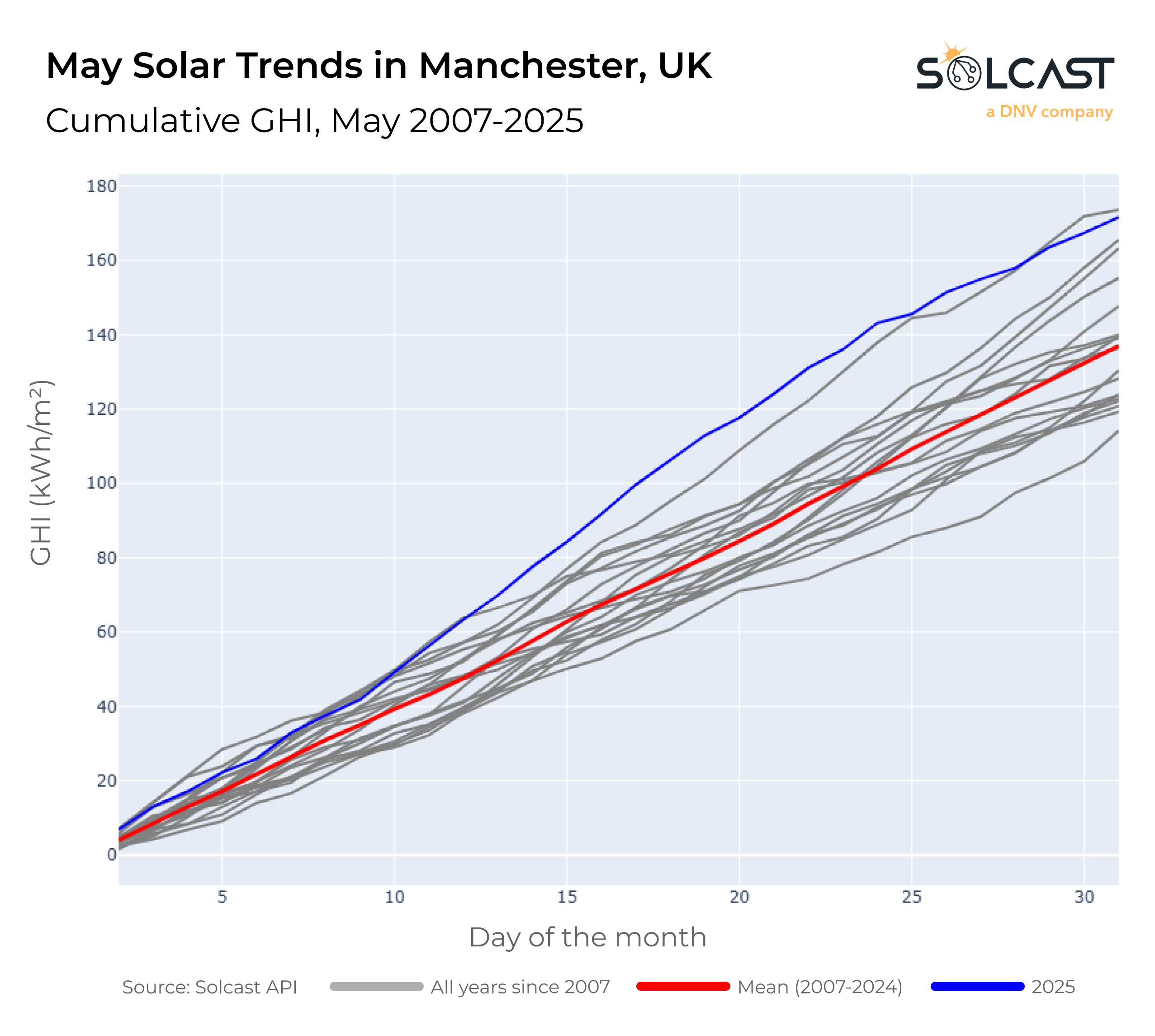
The impact on solar generation was considerable. The United Kingdom generated 2.5 TWh of solar energy during May, supplying 11.6% of its total electricity. Germany, meanwhile, experienced such a solar surplus that two-thirds of the month saw negative power prices at midday. These conditions persisted until the high pressure broke down at the end of the month, finally bringing rainfall to England following its driest spring in more than a century.
While Western Europe basked in clear skies, eastern Europe contended with the opposite pattern. A persistent low pressure system over the region enabled the polar jet stream to funnel Arctic air into countries including Poland, Belarus, and Ukraine.
.png)
The result was a series of late-season frosts, snowfall, and overnight temperatures dropping below freezing – highly atypical for May. In some locations, mean temperatures were as much as 6 C below normal. The low pressure also encouraged the formation of thick cloud cover across the region, which capped irradiance at just 75% of the seasonal norm in many locations.
Track weather conditions, cloud movements, and irradiance-influencing factors that might impact your solar generation. Access bankable actuals and accurate forecasts when you sign up for a Solcast API toolkit. You can reach out to our team for an extended trial.








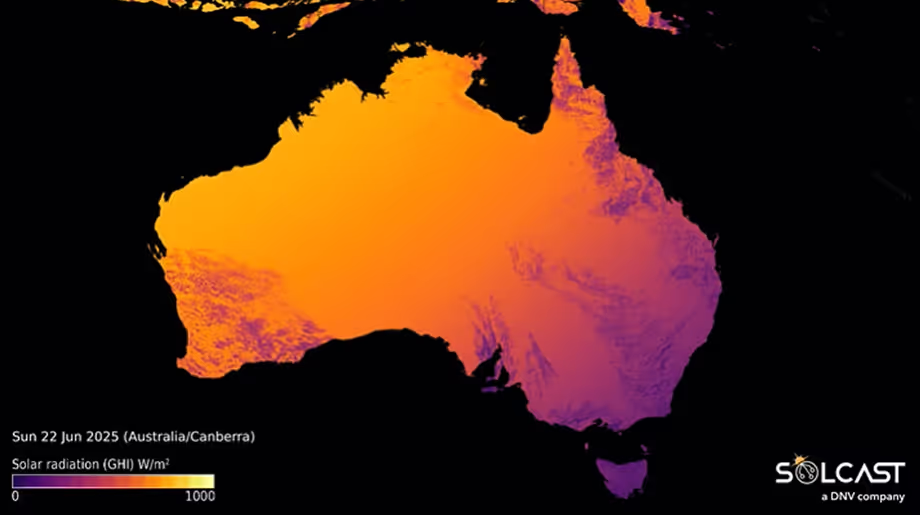
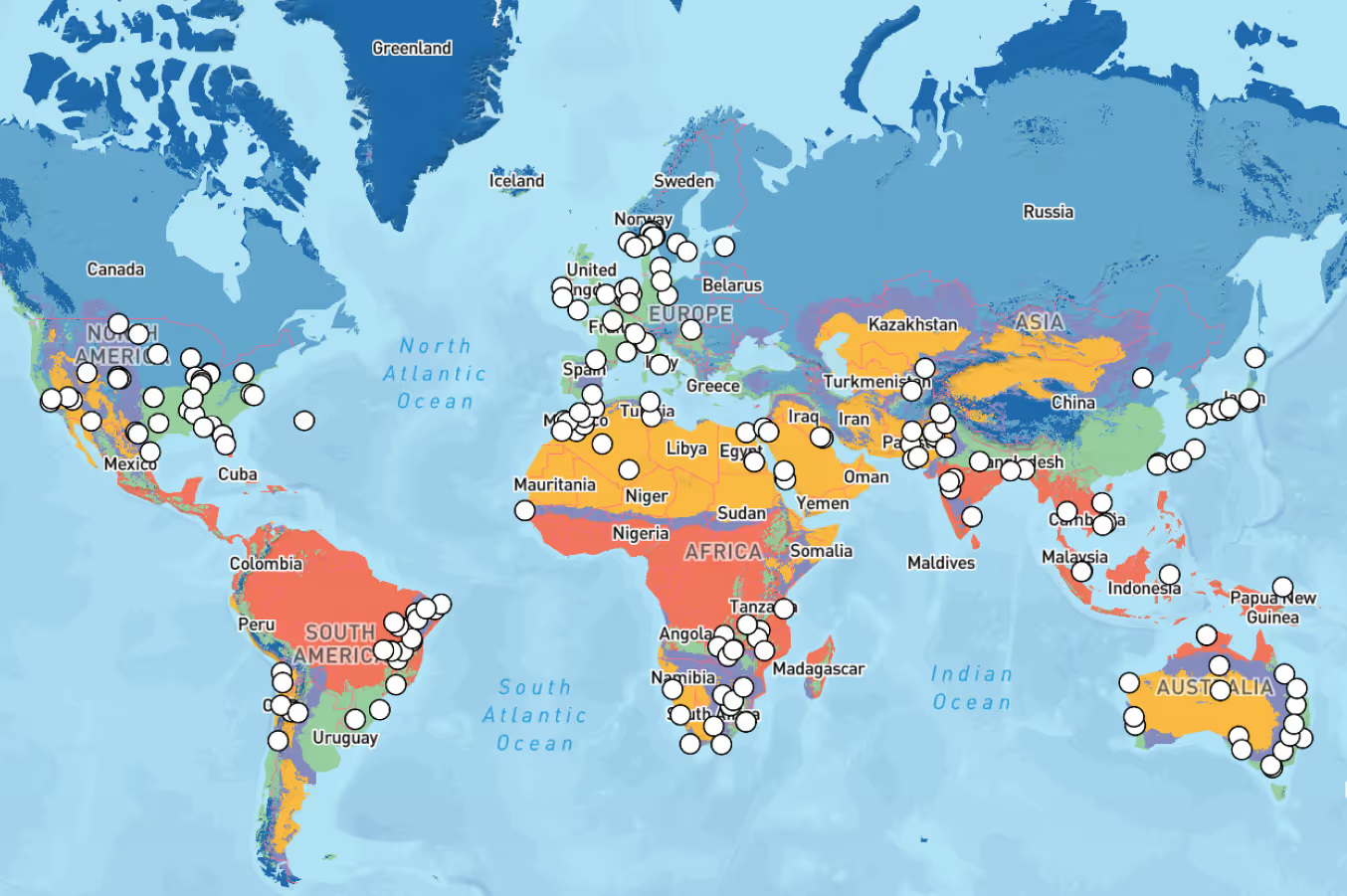
.avif)
